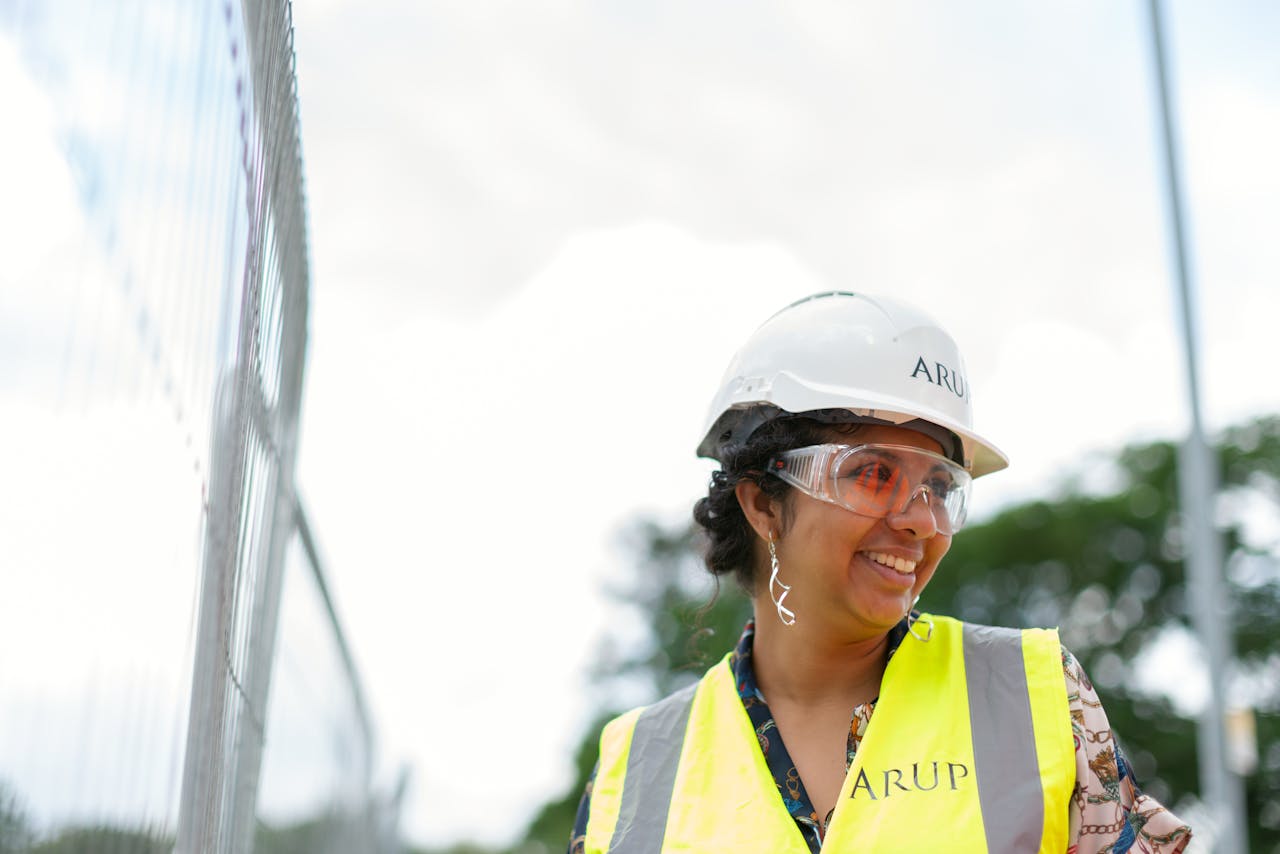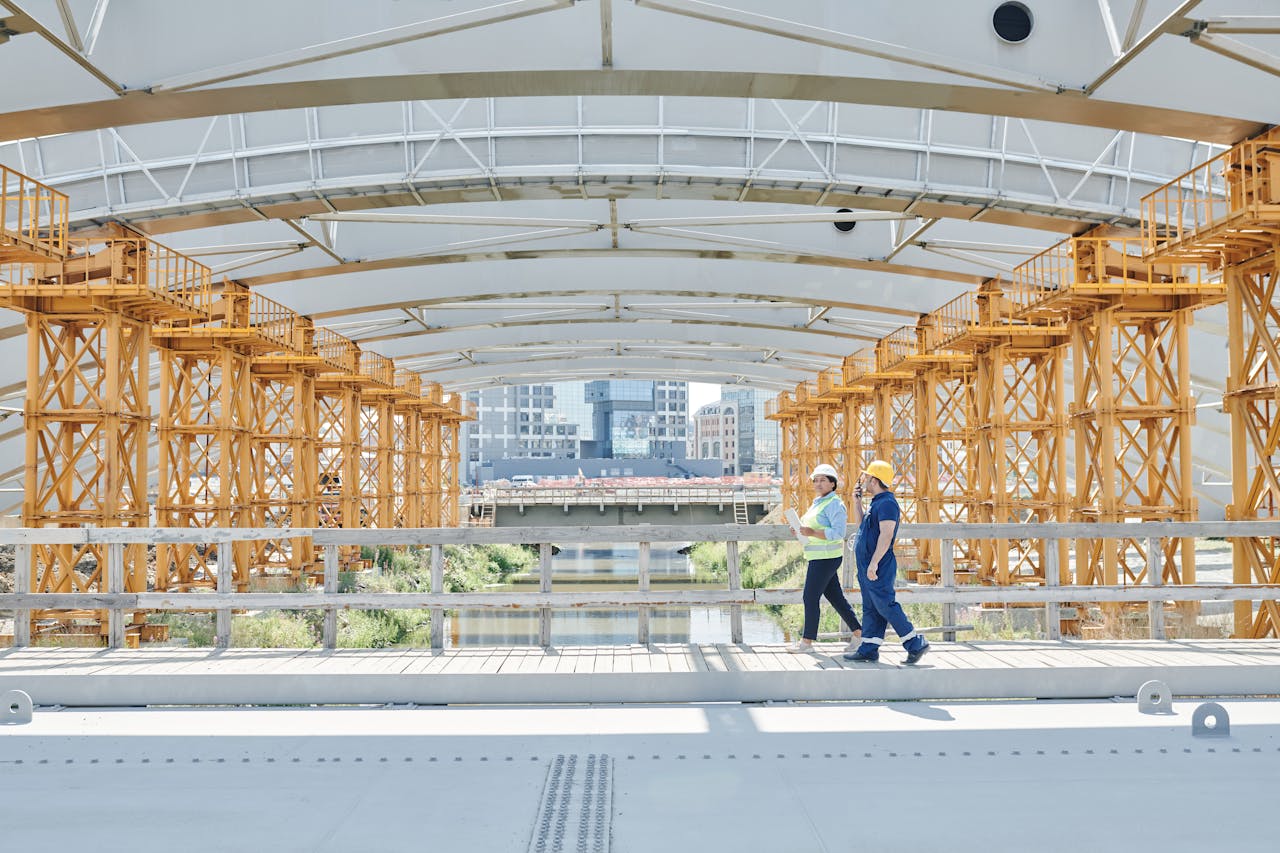Welcome to our exploration of modern sustainability practices in architecture. Today, we’re focusing on a globally recognised framework that prioritises energy efficiency, resource conservation, and healthier spaces. Developed by the U.S. Green Building Council, this system uses a points-based approach to assess structures across design, construction, and operational phases.
The programme’s tiered ratings, Certified, Silver, Gold, and Platinum – reflect a project’s commitment to ecological responsibility. As highlighted in our analysis of sustainable construction practices, these benchmarks drive measurable improvements in air quality, water conservation, and community wellbeing.
We’ll unpack how this approach supports long-term cost savings, boosts property values, and fosters occupant health. Our insights draw from verified data, including case studies endorsed by industry leaders like the USGBC. Let’s dive into this step-by-step review of why forward-thinking developers increasingly adopt these standards.
Key Takeaways
- Globally recognised rating system for eco-conscious construction
- Four achievement tiers based on sustainability performance
- Addresses energy use, water efficiency, and material selection
- Enhances property marketability and operational savings
- Improves indoor environmental quality for occupants
- Supported by comprehensive USGBC research and guidelines

What is LEED Certification?
Let’s unpack this internationally recognised framework for eco-conscious structures. At its core, LEED Certification a method for assessing how well buildings meet environmental and human health standards. Developed by the U.S. Green Building Council, the system guides projects through measurable sustainability targets.
Understanding the Rating Systems
The framework uses distinct categories to evaluate performance. Projects earn points across areas like water conservation, energy efficiency, and material innovation. For example, logistics centres might install solar panels or rainwater harvesting systems to boost their scores.
Four achievement levels, from basic to platinum, reflect a project’s environmental stewardship. These tiers motivate teams to exceed minimum requirements, often leading to 20-30% reductions in operational costs.
Prerequisites and Points-Based Framework
Every project must meet essential criteria before qualifying for certification. These non-negotiable standards ensure fundamental sustainability practices. Beyond that, flexible credit options allow customisation based on regional needs or building types.
The scoring model rewards innovative solutions, like using recycled materials in construction or optimising natural lighting. Commercial developments in cities often leverage this flexibility to balance urban demands with ecological responsibility.
Environmental Advantages: Sustainability and Conservation
Let’s examine how eco-conscious structures tackle urgent ecological challenges. Through smarter energy management, these projects slash greenhouse emissions by up to 34% compared to conventional buildings. This shift starts with advanced HVAC systems and LED lighting, which dramatically cut power demands.
Water conservation plays an equally vital role. Low-flow toilets and sensor-activated taps reduce usage by 40-50% in many developments. Landscaping choices matter too, drought-resistant plants paired with smart irrigation systems preserve resources while maintaining aesthetic appeal.
Material selection further minimises environmental footprints. Builders increasingly use recycled steel, reclaimed wood, and low-carbon concrete. Sourcing these components locally cuts transport emissions by 15-20%, creating a double win for sustainability.
Consider Seattle’s Bullitt Center, a green building pioneer. Its rainwater harvesting system meets all water needs, while photovoltaic panels generate surplus energy. Such innovations prove that responsible design delivers measurable benefits without compromising functionality.
Industry studies reveal these approaches yield 30% fewer emissions over a structure’s lifespan. By prioritising resource efficiency, we’re not just constructing buildings, we’re cultivating ecosystems that support planetary health for generations.

How Does LEED Certification Benefit Green Building Projects?
Structures meeting rigorous sustainability standards often outperform conventional counterparts. Our analysis reveals three core areas where these frameworks create tangible improvements, operational efficiency, resource management, and occupant wellbeing.
Optimising Resource Management
Modern developments achieve 25-40% better energy performance through smart solutions. Insulated glazing and motion-sensor lighting reduce power demands, while geothermal systems provide consistent climate control. A recent study showed such upgrades cut annual energy bills by £18,000 in mid-sized office buildings.
Material Innovation in Practice
The emphasis on recycled content transforms construction approaches. Architects now specify materials like reprocessed steel (95% recycled) and low-VOC paints as standard. This shift prevents 3.2 million tonnes of waste annually in US developments alone.
| Feature | Conventional Approach | Sustainable Strategy |
|---|---|---|
| Energy Source | Grid electricity | Solar + geothermal |
| Material Sourcing | Virgin resources | 80% recycled content |
| Ventilation | Basic HVAC | CO₂-monitored systems |
Improved air quality features rank among the most valued benefits. Boston’s 360 Newbury Street project reported 28% fewer respiratory issues after installing advanced filtration. Such outcomes demonstrate how thoughtful design directly supports healthier indoor environments.
From skyscrapers to schools, these strategies prove their worth. The Bank of America Tower’s rainwater recycling system saves 10 million gallons yearly, a prime example of the benefits leed certification delivers through practical innovation.
Economic and Market Benefits of LEED Certification
Investing in sustainability pays dividends beyond environmental impact. Properties with eco-credentials command 7-10% higher resale values compared to conventional structures, according to USGBC research. This premium reflects growing demand for resource-efficient spaces in commercial and residential markets.
Operational costs plummet when efficiency takes centre stage. Advanced HVAC systems and smart water fixtures slash utility bills by 25-40% annually. Boston’s 360 Newbury Street cut energy expenditure by £31,000 in its first certified year – funds reinvested into tenant amenities.
Governments sweeten the deal with incentives. Many US cities offer tax rebates covering 15-30% of certification fees. Federal programmes provide grants for solar installations and rainwater harvesting systems in green building projects.
| Feature | Conventional Building | Certified Building |
|---|---|---|
| Resale Value | Market average | +9% premium |
| Operating Costs | £4.50/sq ft | £3.10/sq ft |
| Tenant Demand | 6-month vacancies | 94% occupancy |
| Incentives | Basic tax breaks | 30% grant coverage |
The Gold rating particularly boosts market appeal. San Francisco’s Salesforce Tower achieved this tier through daylight optimisation and recycled material use. Their energy bills dropped 37%, while property value rose £120 million post-certification.
Strategic management practices lock in these gains. Regular system audits and occupant feedback loops maintain peak performance. As developers discover, sustainable design isn’t just eco-friendly, it’s a blueprint for financial resilience.

Enhancing Indoor Environmental Quality and Occupant Health
Healthy spaces begin with thoughtful design. We’ve seen how modern standards prioritise elements that directly impact wellbeing. By focusing on air purity and natural elements, these approaches transform how people experience indoor environments every day.
Advanced ventilation systems work alongside low-emission materials to maintain fresh air. Paint and adhesives with minimal volatile compounds reduce irritants by up to 65%, according to Harvard’s health studies. This attention to environmental quality correlates with 15% fewer sick days reported in certified offices.
Natural light plays a starring role in occupant comfort. Strategic window placement and glare-reducing glass create balanced illumination. Ergonomic furniture layouts complement these features, supporting both physical health and mental focus. Tenants in such spaces report 20% higher productivity levels.
| Feature | Traditional Approach | Health-Focused Design |
|---|---|---|
| Ventilation | Basic air circulation | CO₂-responsive systems |
| Materials | Standard paint | Low-VOC alternatives |
| Lighting | Fixed fixtures | Dynamic daylight harvesting |
Owners benefit too, properties with verified quality benchmarks attract longer leases. A Chicago high-rise saw 98% tenant retention after upgrading its filtration systems. These improvements stem from frameworks that standardise what healthy spaces should deliver.
We’re proud to champion designs where people thrive as much as the planet. Through measurable standards and occupant-focused innovation, our built environments become partners in wellbeing.
Achieving Certification: A Step-by-Step Guide
Navigating sustainability credentials requires a clear roadmap. We’ll walk through the essential phases for aligning your project with recognised environmental benchmarks. This process combines technical planning with strategic management to maximise success rates.
1. Registration & Goal Setting
Begin by creating an account on the USGBC platform. Teams outline their project scope and select appropriate rating systems. Early workshops help identify achievable credits, aim for 10-15% above your target score to allow flexibility.
2. Documentation & Credit Assessment
Compile evidence for each sustainability feature. Energy modelling reports and materials invoices form your submission backbone. Use the credit calculator to track potential points, most projects secure 35-45% through energy-efficient systems alone.
| Phase | Traditional Approach | Sustainable Strategy |
|---|---|---|
| Documentation | Paper-based files | Digital audit trails |
| Energy Systems | Standard HVAC | Smart metering + renewables |
| Materials | Generic suppliers | Certified recycled content |
| Verification | Self-reporting | Third-party testing |
3. Implementation & Monitoring
Install approved technologies while maintaining compliance logs. Regular energy audits help optimise systems performance. Chicago’s Willis Tower saved £1.2 million annually through this phase by prioritising lighting retrofits and waste diversion.
4. Final Review & Certification
Submit all evidence through the USGBC portal. Reviewers typically respond within 20 business days, address any queries promptly. Successful projects receive their official rating alongside public recognition in the system’s directory.
Pro tip: Start early with mock audits. Denver’s 1800 Larimer Street complex shaved six months off their timeline using this tactic. Remember, every certification journey strengthens both your process expertise and environmental legacy.
Conclusion
Looking ahead, sustainable practices redefine what’s possible in modern architecture. Through our exploration, we’ve seen how frameworks endorsed by the U.S. Green Building Council elevate both ecological responsibility and human wellbeing. These standards don’t just shape structures, they transform communities.
From reduced carbon footprints to healthier air quality, the advantages are clear. Our step-by-step guide demonstrates that achieving LEED certification is attainable through careful planning and innovative environmental design. The leadership energy behind such initiatives drives tangible improvements across urban landscapes.
Developers embracing these principles unlock financial incentives while setting new industry norms. Every certified project proves that responsible construction can balance economic growth with planetary care. We’re proud to champion methods that prioritise long-term impact over short-term gains.
Join us in shaping spaces where people and nature thrive together. Let’s keep pushing boundaries, one sustainable brick at a time.



